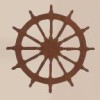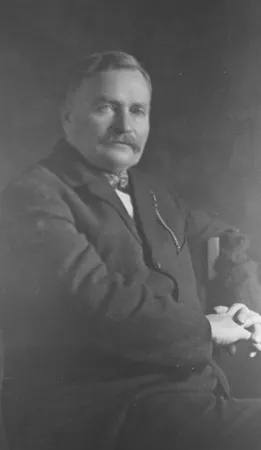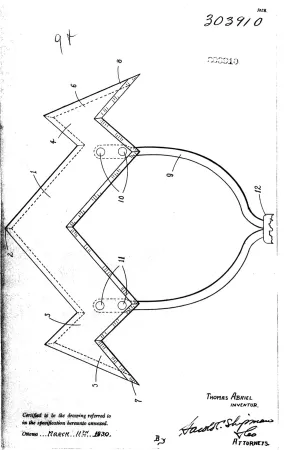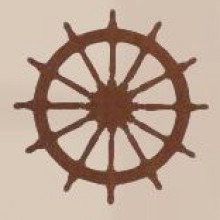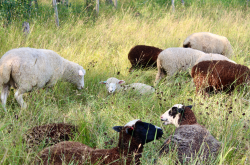Thomas Abriel
This article was originally written and submitted as part of a Canada 150 Project, the Innovation Storybook, to crowdsource stories of Canadian innovation with partners across Canada. The content has since been migrated to Ingenium’s Channel, a digital hub featuring curated content related to science, technology and innovation.
Thomas Abriel was born in Pope’s Harbour, Nova Scotia, in July 1867. While young, he learned the pulp mill trade. This workplace damaged his health; and he came to British Columbia to prospect for gold.
Abriel arrived in Nakusp, on the Arrow Lakes of the Columbia River System in British Columbia, in 1892. Showing his entrepreneurial nature, he started by cutting firewood for steamboats on the lake, and hung paper for a hotel that was under construction. Later endeavours included having a news agency, working mineral claims, selling insurance and real estate, and being a Customs broker. He built several structures in Nakusp; both public buildings, and houses. He fenced in a spring on land he owned, had a water delivery business, and laid the first water supply pipes in the village. But a bucket and hook were also available, for anyone who wanted to carry their own water.
Tom Abriel purchased land, which he called the Home Ranch. He cleared enough, by 1905, so he could plant fruit trees. His ranch supplied mining and lumbering camps with fruit, beef, and vegetables. He raised prize-winning poultry, and sold hatching eggs across Canada. As for fruit, Abriel shipped rail car loads of apples, blueberries, strawberries, and rhubarb to points in B.C. and on the prairies. He was founder, and chair, of the Arrow Lakes Farmer’s Institute; and president of the B.C. Fruit Growers Association for almost 25 years.
Thomas Abriel enjoyed innovation. He was an early adopter of the first telephone service in Nakusp. He was the first to grow gladiolus in the area. He had the idea to use ice to keep produce cool, in specially-built rail cars. Before that innovation, much fruit would spoil on its way to market.
Abriel developed a strain of rhubarb that he named “strawberry rhubarb”. It needed two-thirds less sugar than other varieties. He grew several acres of it, and when he shipped it to B.C. and the prairies, he included a recipe of how to cook it in the crate.
Tom Abriel worked to help establish the department of Agriculture at the University of British Columbia. His Home Ranch was used by UBC for experimental farming.
In 1930, Thomas Abriel was granted patent CA 303910, for the cultivating hoe he had invented. The hoe was adapted “to be moved flat under the surface of the ground, which hoe has a plurality of front and back cutting edges, angularly disposed relative to the normal path of travel… ”The hoe’s usefulness was that,“… in singling out rows of turnips, the blade can be pushed or pulled through the top surface ground of a row, thus cutting off any undesirable weeds and unrequired small turnip plants… so as to leave only the one desired plant at various intervals along the row.”
Thomas Abriel, entrepreneur, agriculturist, and inventor, died suddenly in September 1935, aged 68 years.


